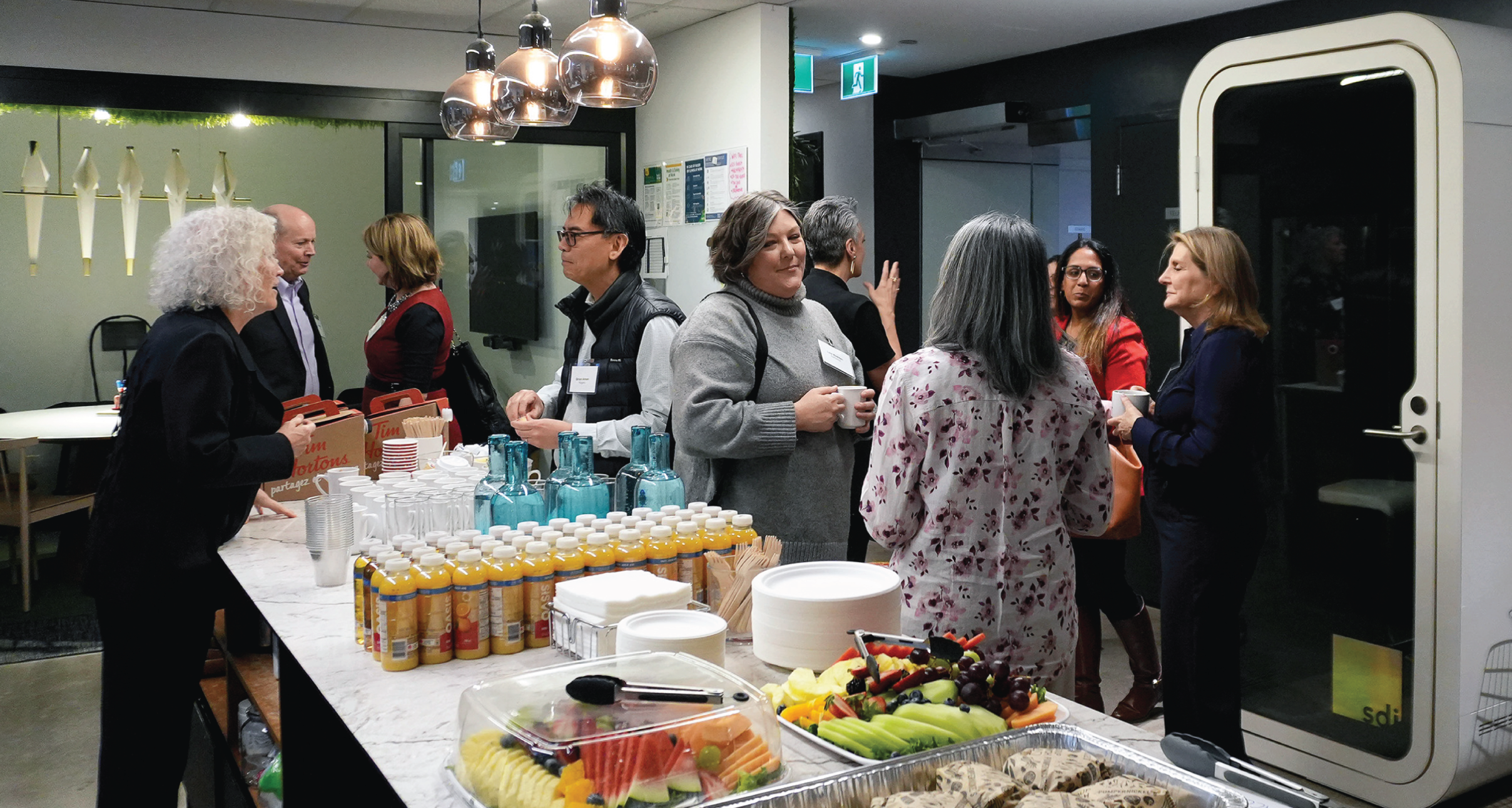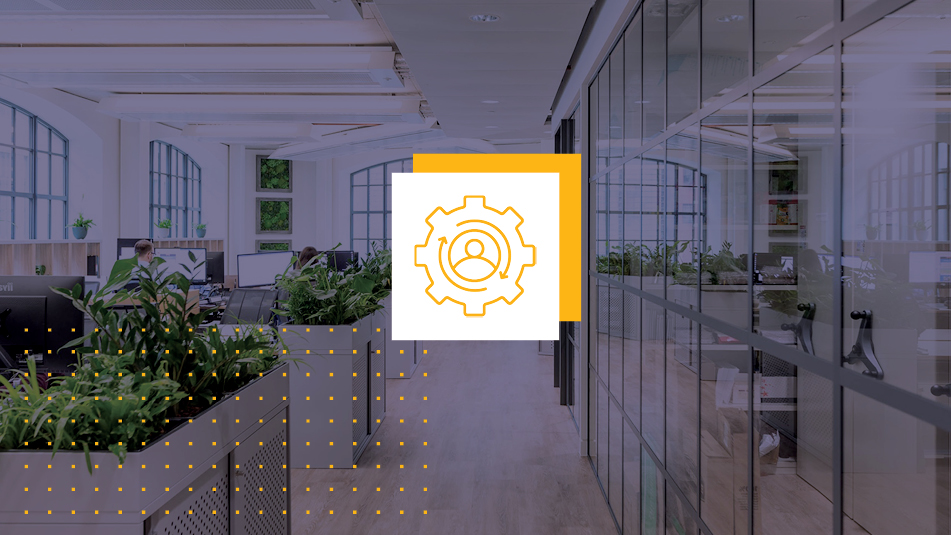As we continue to navigate the pandemic, workplaces are beginning to see the return of employees. However, the way we work won’t be exactly the same as it used to be. Instead, we’ll see a diverse system of hybrid workplaces that emphasize both in-person and remote work. A survey conducted by Gensler found that workers view both the office and in-person collaboration as vital aspects of their jobs. They also determined that the majority of workers would prefer to work from the office at least part-time. But with this knowledge comes some challenges. How do we design a functional and productive workplace that actively supports the hybrid model?
A Strong Technological Backbone
An emphasis on technology will serve as a touchstone for the modern hybrid workplace in order to bring both remote and office employees together. When it comes to conference rooms and workstations, each one will need to be equipped with the technology to support virtual meetings. But an emphasis on technology also means each employee is provided with the proper equipment to do their jobs remotely. To enable this, team members may require new equipment ranging from upgraded laptops to noise-canceling audio equipment.
Accessibility is Vital
Sometimes, it’s the unscheduled conversation in the office kitchen that’s the most productive. That's why every aspect of the hybrid office will need to be accessible to each team member. Offices will need to be designed to provide the same capabilities to everyone. This means everything from conference rooms and solo spaces to community kitchens and restrooms be easily accessible.
Customization is Key
Each workplace will need to demonstrate a strong sense of flexibility going forward. This means every meeting should include the option to join virtually, since it's likely that team members will be logging in from everywhere ranging from the physical office to their dining room table. But no matter their location, each employee wants to feel personally connected to their colleagues. Office “neighborhoods” will support team members by building community in a layout that is individually tailored to each group. Experts suggest utilizing interactive elements that reinforce a sense of belonging through unique features like photo collage walls and extracurricular activity bulletin boards.
Untraditional Workspaces
One unique aspect of a post-pandemic workplace will be the departure from traditionally-permanent workstations. Instead, those spaces can be repurposed to create shared collaborative spaces that serve multiple functions, whether it’s supporting individual work or converting into social spaces. Ultimately, this may be an important component to how much each company spends on its real estate, since reducing the square footage of traditional workstations may affect how much money each organization needs to allocate for their space. Still, companies need to plan for the days where occupancy in the office is at a maximum, and the space must be able to accommodate that.
Emphasis on Health and Wellness
From yoga classes to group meditation, the need to have healthy employees is even more essential than before the pandemic. After all, we all know that when team members care for their minds and bodies, they’re better employees. As vaccines roll out and people transition back to the office, the physical space where employees come together will also undergo changes. Going forward, offices will be less about driving productivity, and more focused on cultivating a space that nurtures collaboration, community, and wellness. All team members deserve to feel safe in the workplace, and this can be recognized by equipping offices with everything from improved HVAC systems to technology-centric meeting spaces. There will also be a push to emphasize outdoor space, as well as indoor spaces that utilize plenty of natural light.
While the face of the workplace may look a bit different than it used to, Cresa’s team of workplace and project management experts are available to help your organization navigate the return to the office. Working collaboratively, we can establish a strategy that helps your organization function to the best of its ability.


